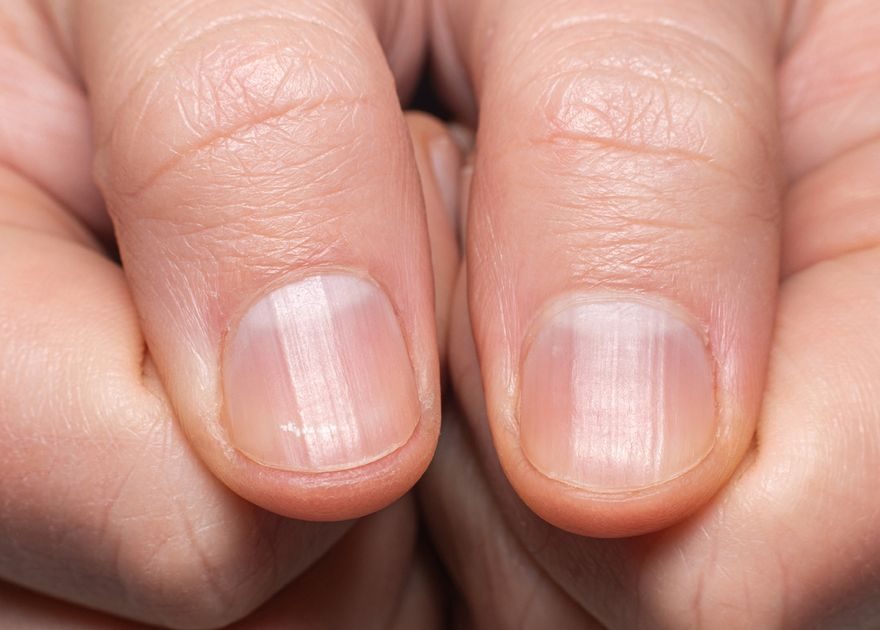You can tell a lot about your health by looking at your hands.
Previously, we revealed how white marks on your nails could hint at a deficiency.
And now, a doctor has spoken about bumps that can sometimes be visible on fingernails.
READ MORE: How to get a bigger penis without surgery – three easy ways to boost your manhood
While this can be a common sign of ageing, development of the vertical ridges could be cause for concern.
According to Dr Ross Perry of skin clinic chain Cosmedics, they can even indicate a vitamin deficiency or dehydration or as a result of a skin condition.
He said: "Nutritional factors such as deficiencies in vitamins such as Vitamin A, or if your body is low in protein or calcium then you may notice ridges.

"Severe iron deficiencies could also create ridges and other changes to the nails."
If you notice discolouration on the nails, as well as the ridges, Dr Ross advises you to go to the doctors.
He added: "Severe, deep ridges albeit rare could be a symptom of a more serious medical condition such as kidney disease and would need medical tests to determine the cause.
"Diabetes could also be the underlying health reason for this."
The expert also revealed how trauma to the nails can also cause defects such as ridges, so basically you shouldn't ever pick your nails.

The NHS website adds: "Nail problems are not usually caused by anything serious.
"Common nail problems include brittle, loose nails that may change colour or shape."
But if you experience any changes to your fingernails, it's important to seek medical attention.
The health experts warn you should seek medical attention if "a nail has changed shape, changed colour or fallen off and you do not know why".
They also recommend seeing a GP if "the skin around your nails has become sore, red, swollen and warm (paronychia), which can be a sign of an infection or ingrown toenail."
And you should have to see a podiatrist if "your nails are too tough to cut or you cannot reach them".
If you are concerned about your nails, visit your GP for advice.
You can also get plenty of handy information on the NHS website.
Source: Read Full Article
